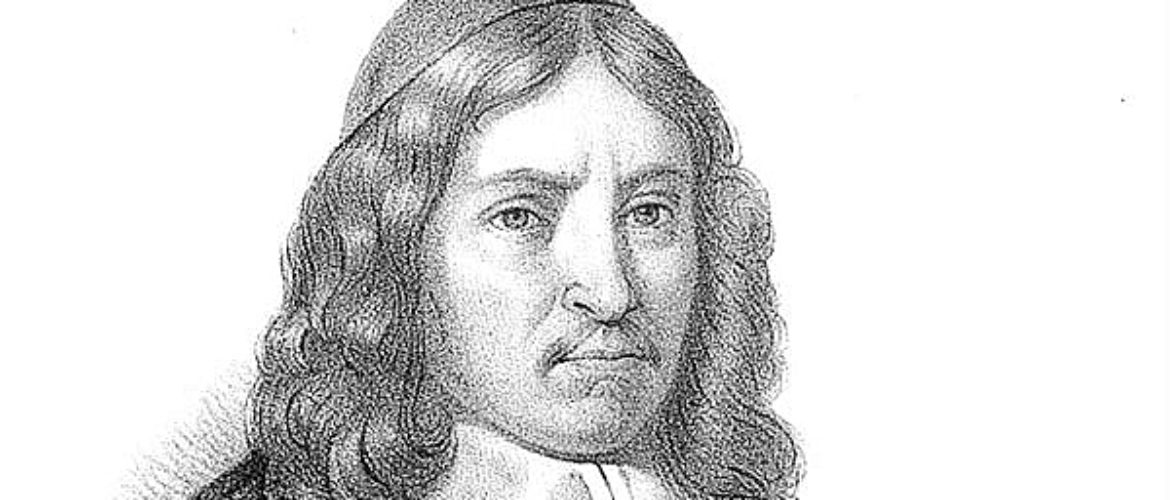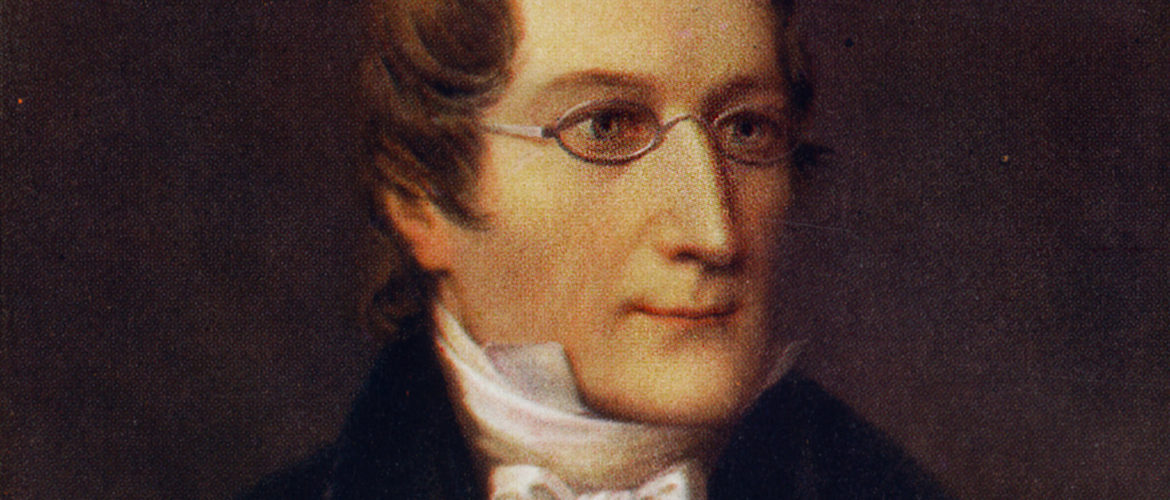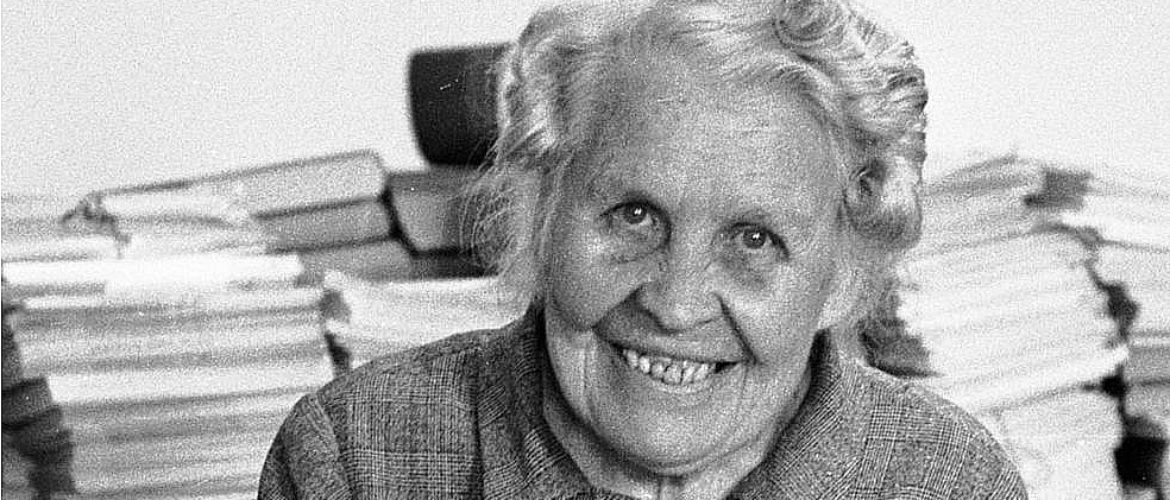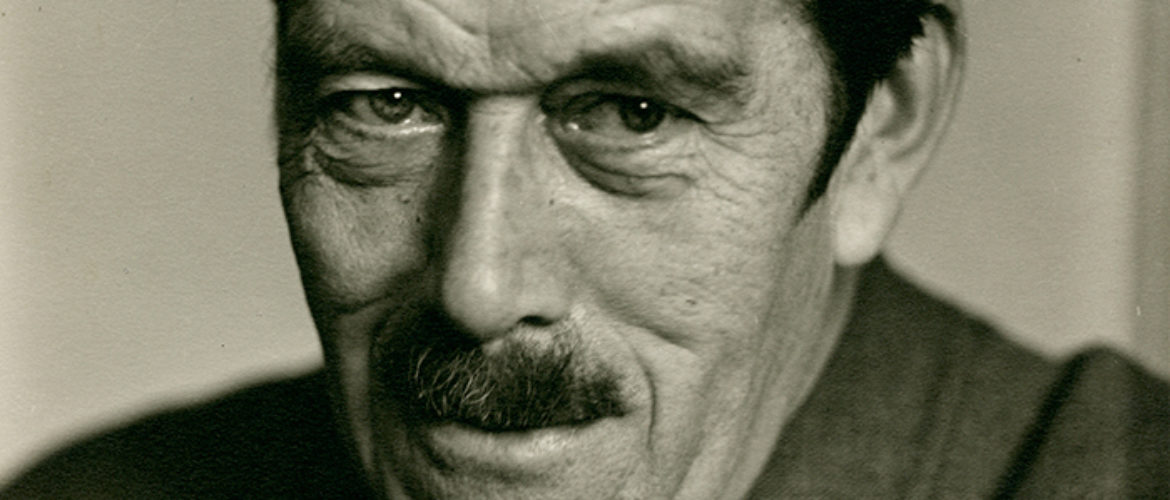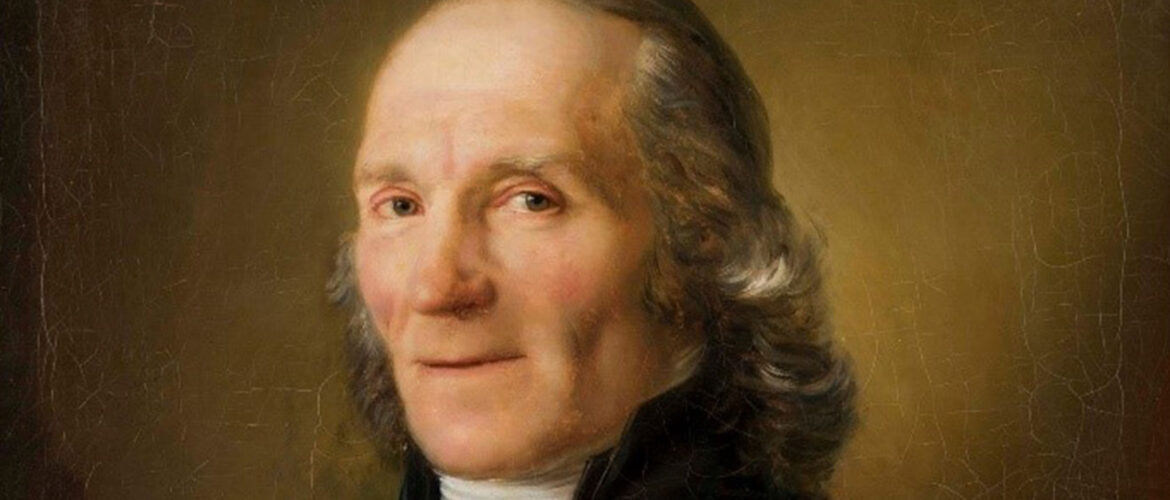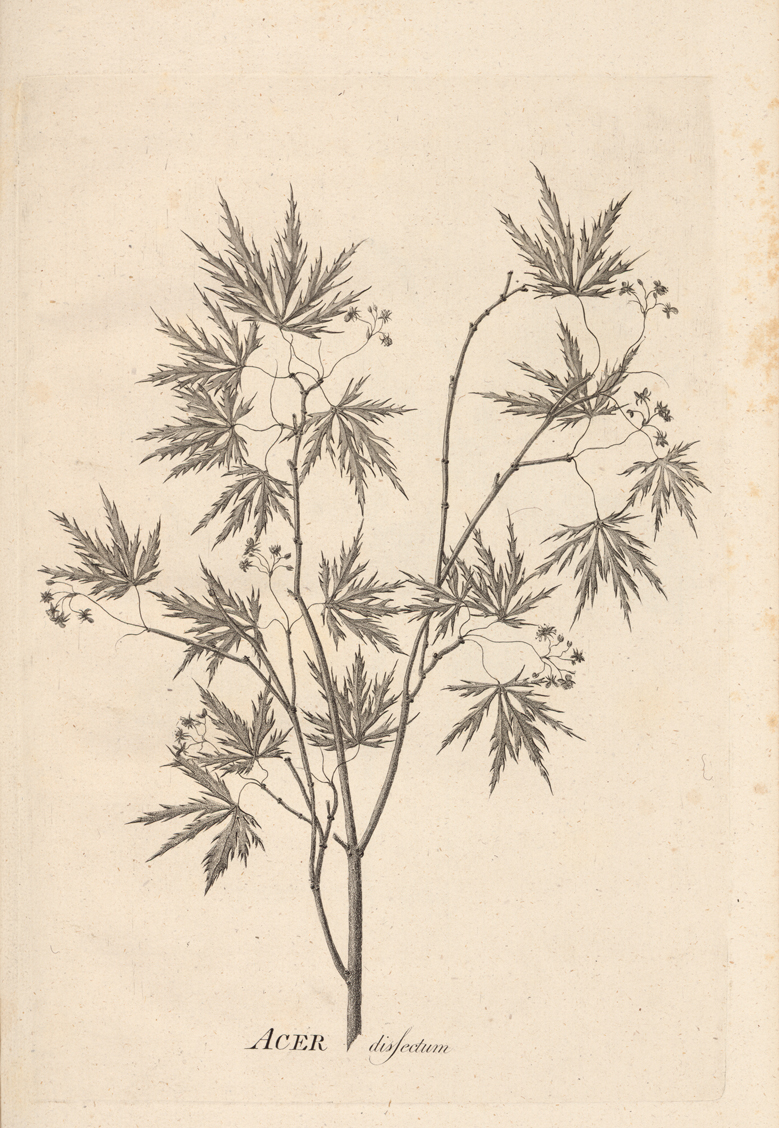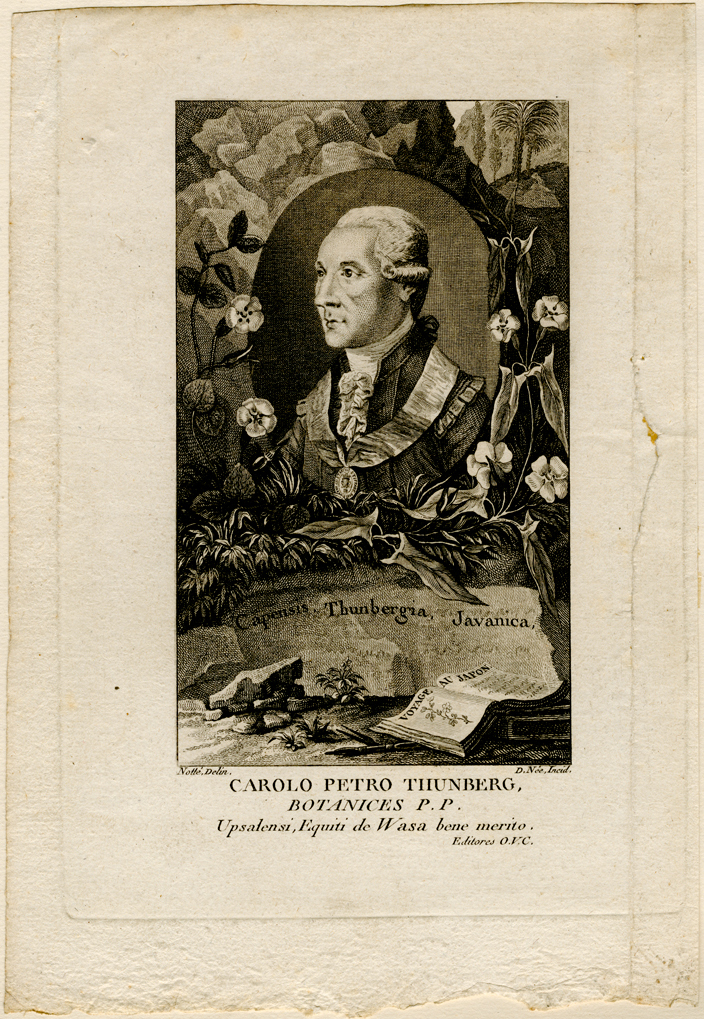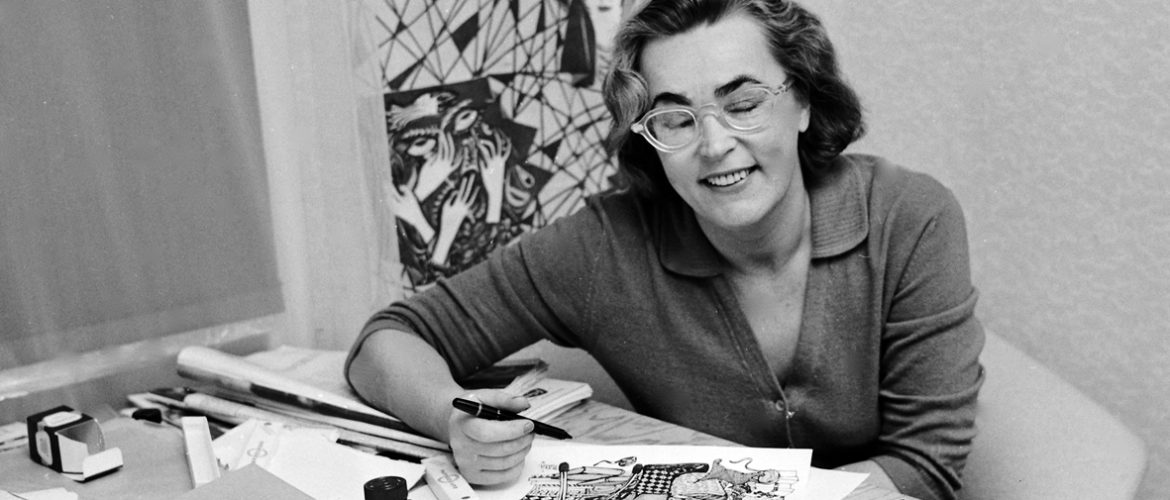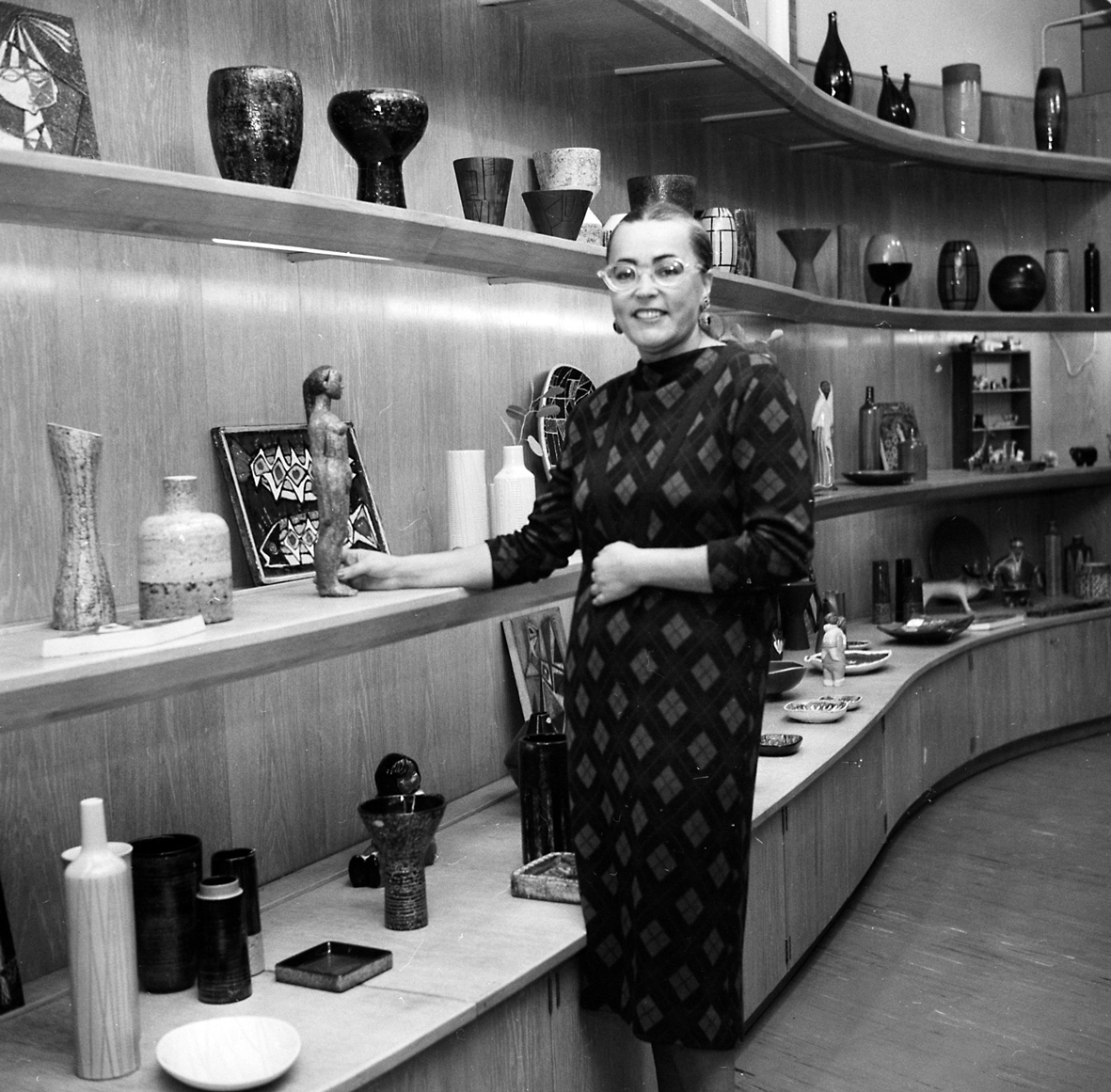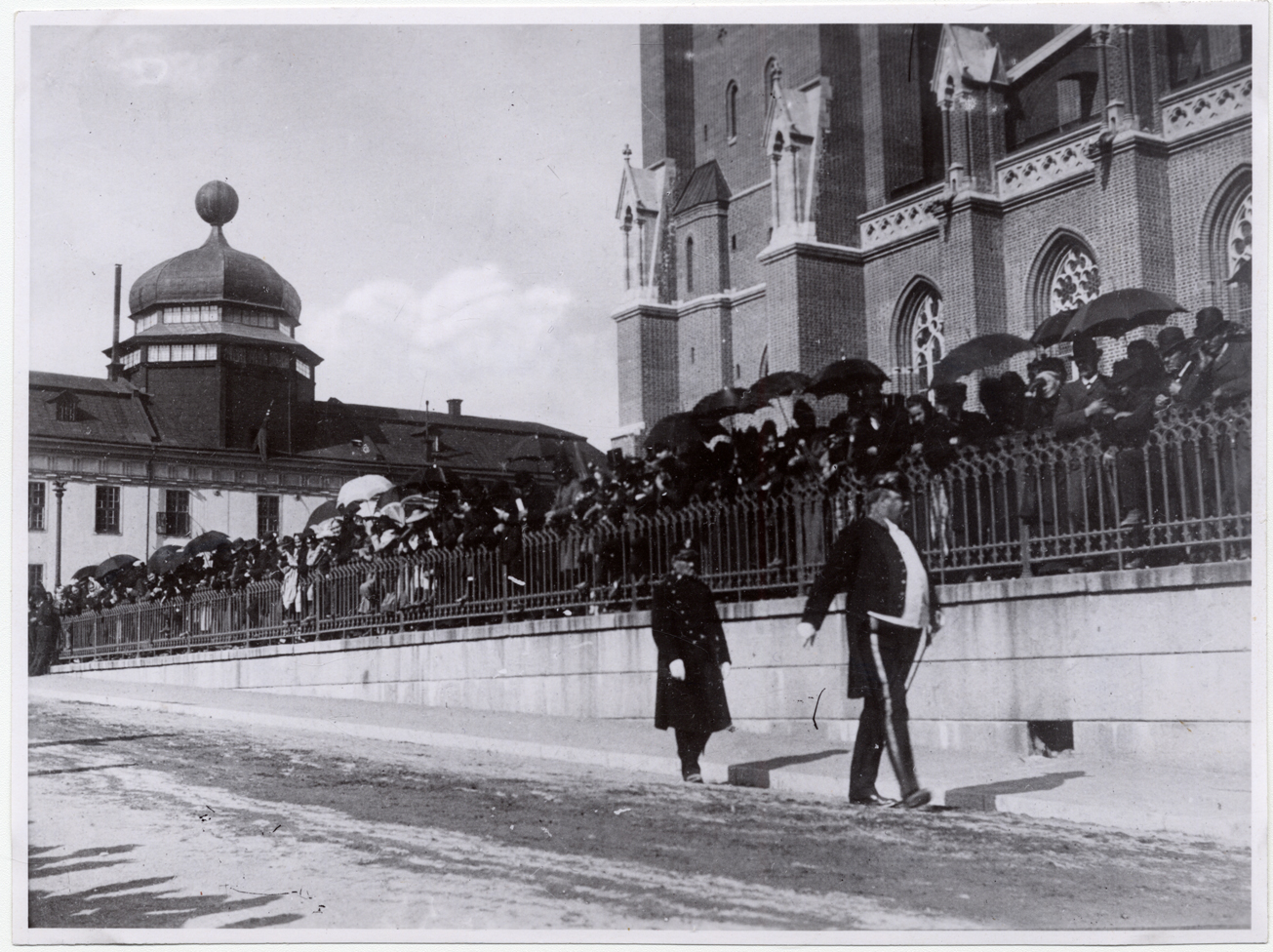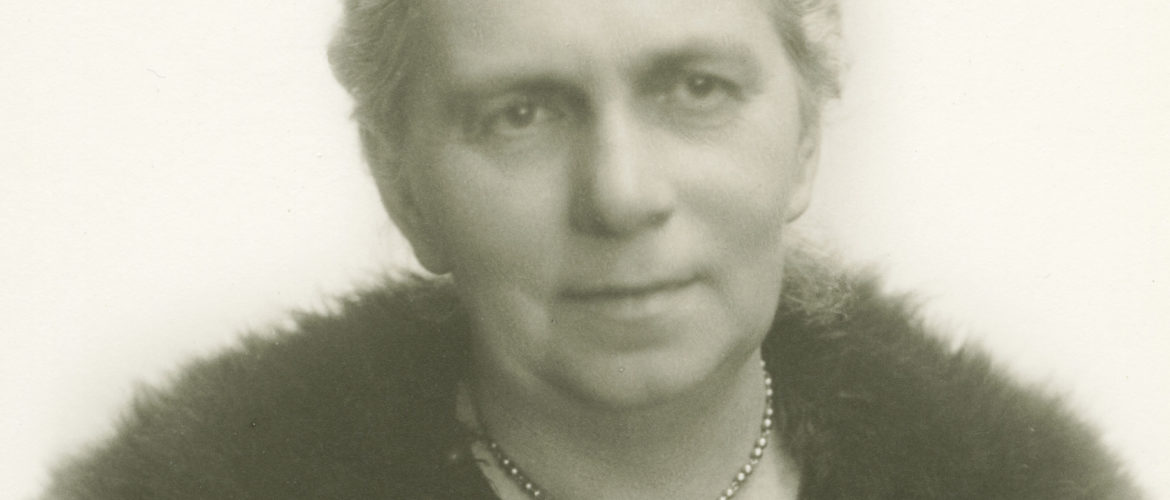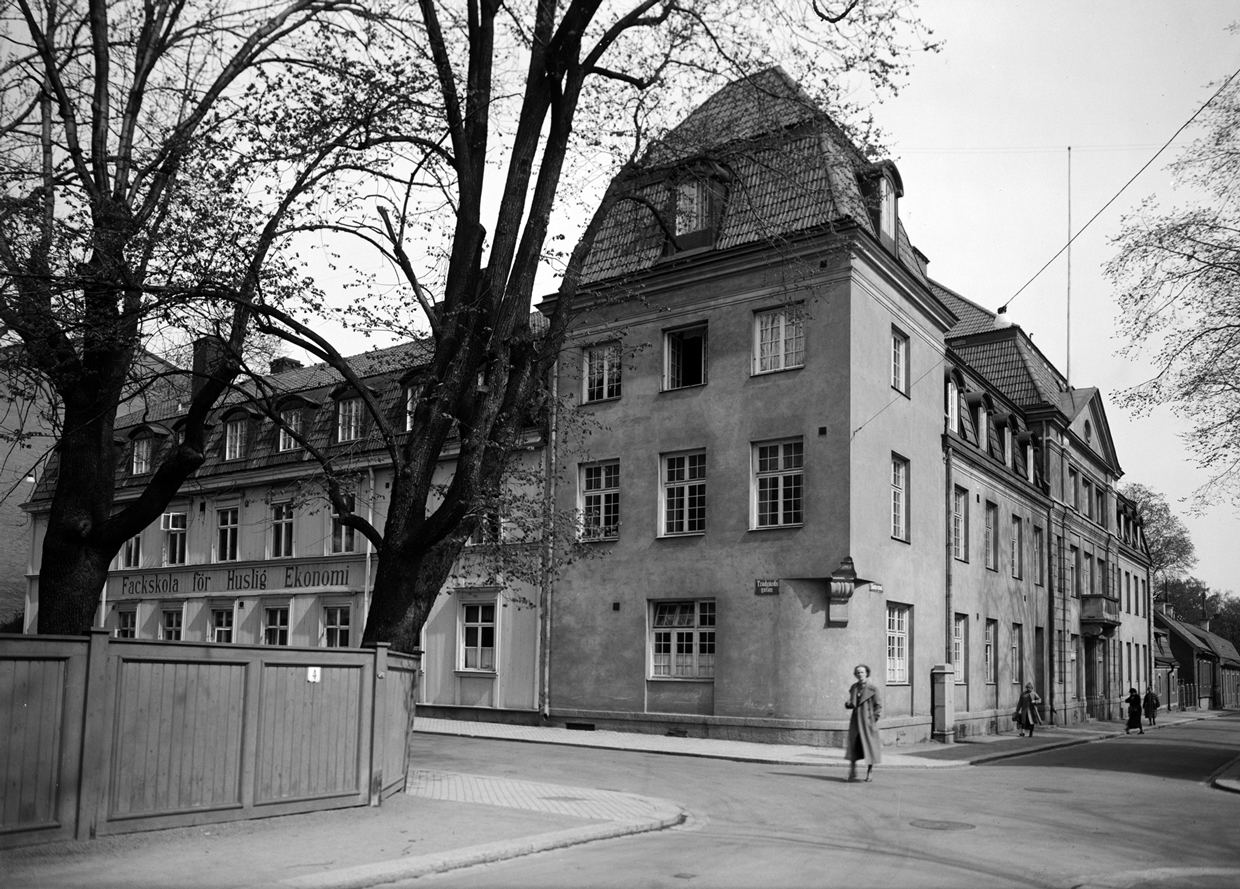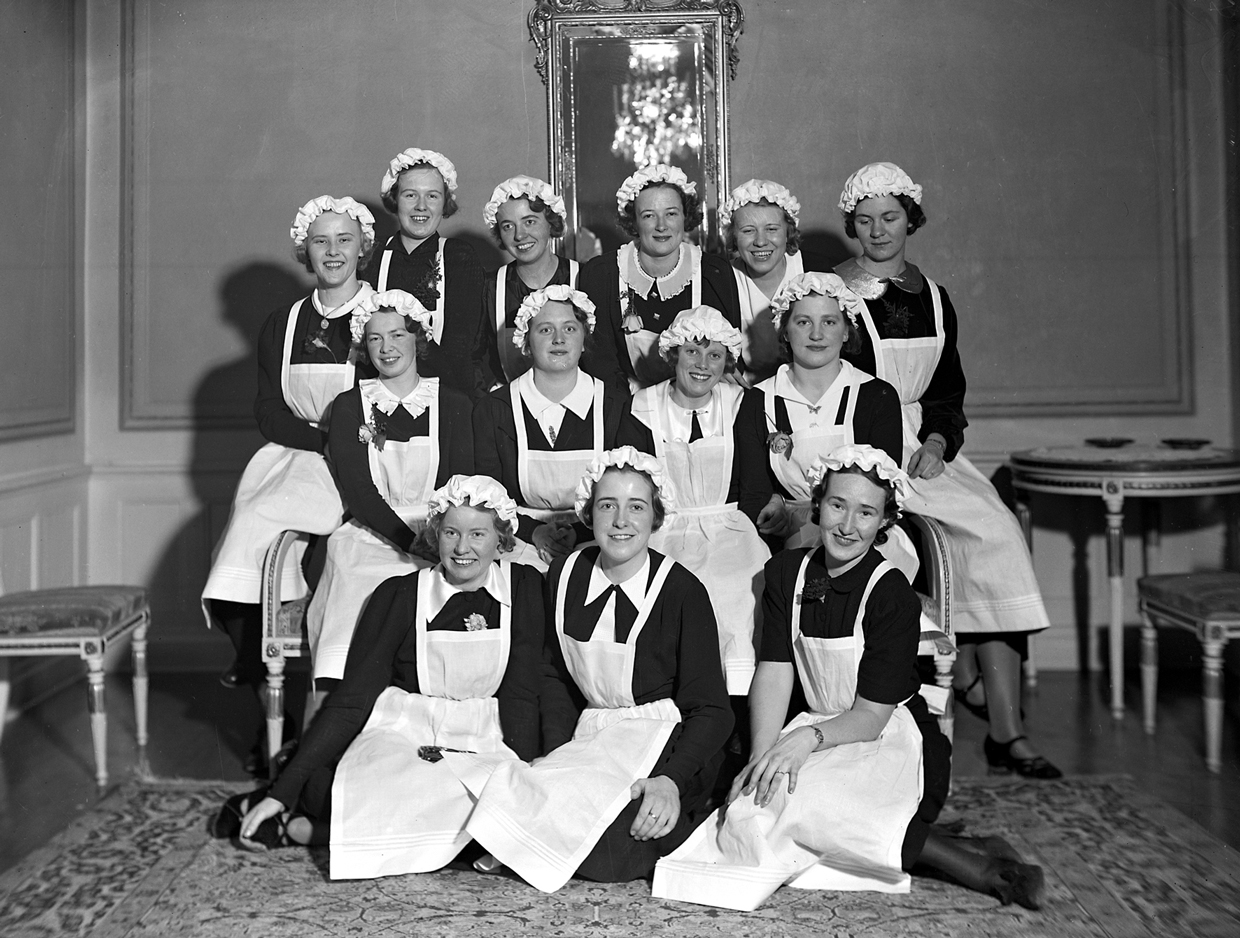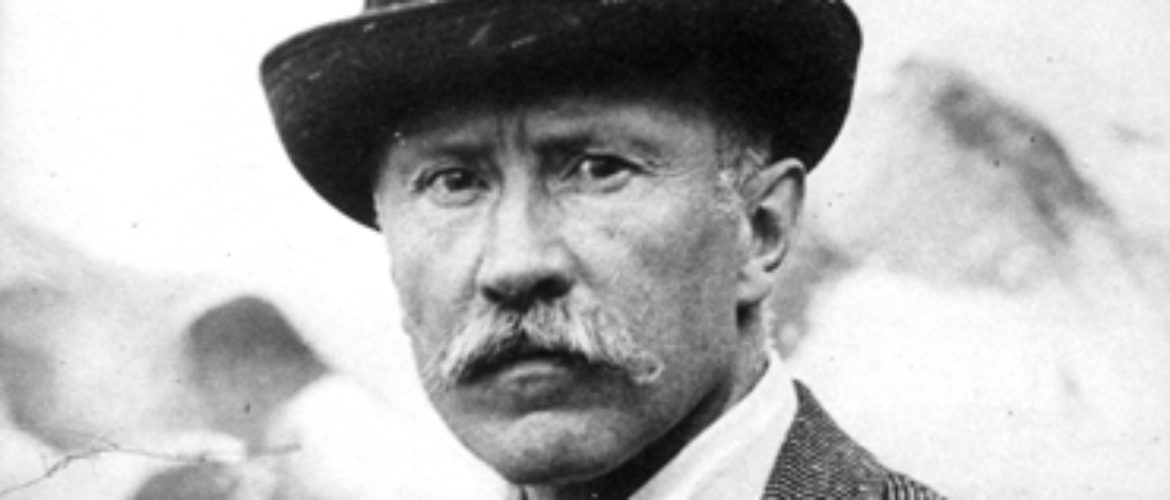1618-1682.
Ancient scholar, philologist.
After studying in Dorpat and Uppsala, Olof Verelius worked as a teacher in noble families and traveled to Holland, Switzerland, Italy and France.
In 1653, Verelius was appointed Master of the Academy in Uppsala and became a member of Olof Rudbeck's circle of scholars. At the latter's suggestion, Verelius was awarded the newly established professorship in "Antiquities of the Fatherland" in 1662, as the country's first archaeology professor.
The following year, Verelius carried out the first archaeological excavation in Sweden, which took place in a burial mound at Broby in Börje parish.
In the 1670s, he had a house built at the Kamphavet quarter, which was located on what is now Martin Luther King's plan, a building that was probably designed by his friend Olof Rudbeck.
Verelius was also a prominent linguist and published Icelandic sagas and a work on runes.
In the dispute with Schefferus about the location of the so-called pagan temple, Verelius claimed that it was located in Old Uppsala and not on the site of the cathedral as Schefferus claimed.
Olof Verelius was the first to acquire a Burial site at the Hospital and Poor Cemetery, which has existed since the middle of the 17th century, on the site now known as the Old Cemetery.
The cemetery was purchased by the hospital board on October 26, 1676 and is the oldest known in the original Poor Law Cemetery.
The first known burial took place on February 9, 1682, when Olof Verelius was buried in a tomb that is still preserved. Olof Rudbeck carried out the burial according to Verelius' wishes.
Burial site: 0112-0615
Image description: Olof Verelius, lithograph by Otto Henrik Wallgren. Photo: Wikimedia Commons. [The image is cropped]
Click here for an uncropped image

